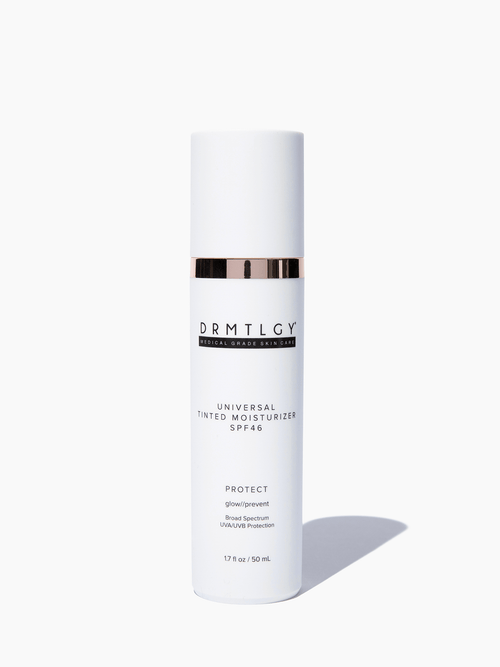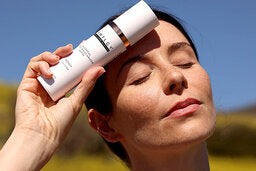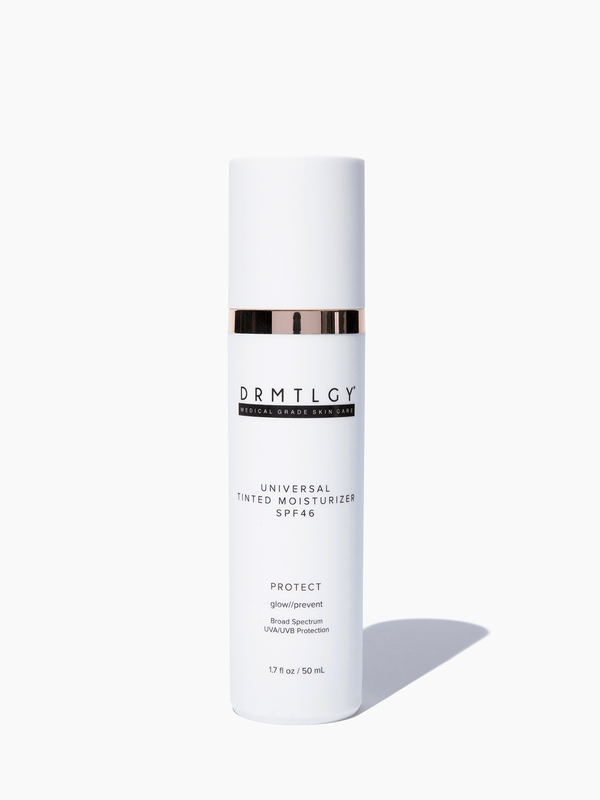
Thin skin is skin that bruises, breaks, or tears easily. Sometimes referred to as “crepey,” skin can start to develop a resemblance to tissue paper over time. Though it can be caused by genetics, medications, and sun exposure, most commonly, thin skin happens as we age. Typically, it is most prevalent in the face, arms, and hands, which can cause veins, tendons, bones, and capillaries to become more noticeable.
Our skin is made up of three parts: the hypodermis, the dermis, and the epidermis.
- The hypodermis is the innermost layer, comprised of tissue, fat, and sweat glands.
- The dermis is the middle layer, made up of fibrous tissue containing nerves, collagen and elastin. This layer accounts for 90% of the skin’s thickness.
- The final layer—the epidermis—is our outermost layer, acting as a barrier against grime and bacteria.
As we age, collagen production greatly decreases in the dermis, causing skin to lose elasticity, sag, and wrinkle more. On top of that, the epidermis loses its thickness, weakening the barrier between your skin and the outside world.
What to do about thinning skin
While it is not possible to fully reverse thin skin, there are a myriad of ways to help improve it and make it less likely to break.
- Sunscreen - While aging is the main culprit behind our skin losing its thickness, sun exposure can rapidly speed up the aging process. Always apply a broad spectrum sunscreen to ensure that you’re safe from UVA, UVB, and infrared rays. Apply it liberally and daily for optimal protection.
- Moisturize - Well-hydrated skin is more flexible and malleable. Using products with ultra-moisturizing Hyaluronic Acid can be greatly beneficial, as the ingredient has been shown to hold up to 1,000 times its weight in water. Dry skin becomes brittle and immensely more likely to crack or break, so be sure to keep your skin hydrated.
- Retinol - Otherwise known as Vitamin A, retinol has shown significant results in preventing the thinning of skin. Retinol works to boost collagen, stimulate cellular regeneration, and normalize the physiology of the skin. By ridding the skin of dead cells and creating healthier new ones, skin begins looking plumper and fuller.
- Drink More Water - Most of us don’t drink nearly enough water, and dehydration shows more in our skin than anywhere else. Drinking eight 8-ounce glasses per day will not only help your skin stay supple and hydrated, but can also improve your overall health.
- Eat a Balanced Diet - Incorporate more natural foods into your diet. Consumption of fish, fruits, vegetables, and healthy oils are essential for great skin. Leafy greens and anything with high levels of vitamin C have also proven to be effective in keeping skin looking youthful.
On top of this, certain lifestyle choices can help keep skin durable. Avoid smoking, copious alcohol consumption, and tanning beds, as all three can be dehydrating and harmful for skin. If your skin has been feeling thinner and more brittle only recently, check the products you’re using—get rid of harsh products and opt for gentler, more mild ones. Wear protective clothing, like long sleeves and pants, to cover more vulnerable areas.
When to see a doctor
Because thinning skin is a natural part of the aging process, it is typically unnecessary to see a doctor. If bruising occurs frequently and randomly, you may want to seek medical advice.
As we said earlier, certain medications may be the source of thinning skin. A doctor can advise possible alternatives, or whether or not you should stop using the treatment.
Unfortunately, there is no current prescription for thin skin, so if your skin is feeling particularly delicate, protective measures like sunscreen, moisturizer, and long sleeves may be the most helpful option.
Journal of Aesthetic Dermatology, January 2018, pages 13-18
Cell Transplantation, May 2018, pages 729-738
Plastic Reconstructive Surgery, August 2018, pages 521-534













